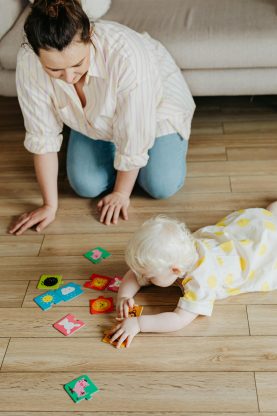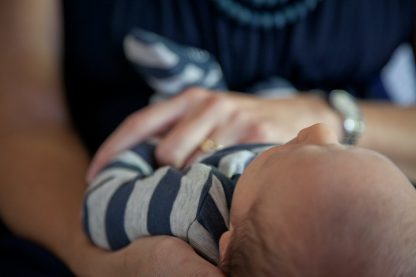Table of Contents
Understand Emergency Procedures
One of the most important aspects of babysitting is being prepared for any emergencies that may arise. Before you begin babysitting, make sure to familiarize yourself with the emergency procedures in the event of accidents, injuries, or natural disasters. This includes knowing the location of the nearest hospital, fire station, and police station, as well as having important contact numbers saved in your phone.
It is also crucial to have a basic understanding of first aid and CPR in case of emergencies. Consider taking a certified first aid and CPR course to ensure that you are prepared to handle any medical emergencies that may occur while babysitting. Being knowledgeable about emergency procedures will not only give you peace of mind but will also help you respond quickly and effectively in critical situations.
On-Demand Childcare in Your Neighborhood
Book a Sitter
Childproofing the Home
Childproofing the home is essential to creating a safe environment for the children in your care. Make sure to inspect the home for any potential hazards, such as sharp objects, choking hazards, or poisonous substances, and remove or secure them out of reach of children. Use safety locks on cabinets and drawers, cover electrical outlets, and install safety gates at the top and bottom of stairs to prevent falls.
In addition, it is important to secure heavy furniture and appliances to prevent tipping accidents. Anchor bookshelves, televisions, and other furniture to the wall to avoid them from falling on children. By taking the time to childproof the home before babysitting, you can minimize the risk of accidents and injuries and ensure a safe environment for the children.
Supervision and Engagement
Active supervision is key to ensuring the safety of children while babysitting. Always keep a close eye on the children and avoid distractions such as scrolling through your phone or watching TV. Engage with the children by playing games, reading books, or doing crafts together to keep them entertained and prevent boredom or mischief.
When children are engaged and occupied, they are less likely to engage in risky behaviors or get into accidents. Set clear boundaries and rules for the children to follow and enforce them consistently. Establishing a routine and sticking to it can help create a structured environment that promotes safety and well-being for the children in your care.

Safe Sleeping Practices
It is crucial to follow safe sleeping practices to reduce the risk of Sudden Infant Death Syndrome (SIDS) and other sleep-related accidents. Always place babies on their backs to sleep in a firm crib mattress with a fitted sheet and no loose bedding or toys. Avoid using pillows, blankets, or stuffed animals in the crib as they can pose suffocation hazards.
If the children are older and sleeping in bunk beds or loft beds, make sure to set clear rules about safe sleeping practices, such as using guardrails and not engaging in rough play on the bed. Check on the children regularly while they are sleeping to ensure that they are safe and comfortable.
By following safe sleeping practices, you can create a safe sleeping environment for the children and reduce the risk of sleep-related accidents.
Communication with Parents
Effective communication with parents is essential for providing the best care possible for the children. Before the babysitting job, make sure to discuss any important information with the parents, such as emergency contact numbers, medical conditions, allergies, and preferred bedtime routines. Ask about any specific rules or preferences that the parents have for the children and make sure to follow them.
During the babysitting job, keep the parents informed about how the children are doing by sending updates or photos throughout the day. Be open to feedback and communicate any concerns or issues that may arise while babysitting. Building a positive and open line of communication with parents can help ensure that everyone is on the same page and that the children receive the best care possible.
Conclusion
Babysitting can be a rewarding experience, but it also comes with great responsibility. By following these top 10 child safety tips, you can provide a safe and nurturing environment for the children in your care. Understanding emergency procedures, childproofing the home, active supervision, safe sleeping practices, and effective communication with parents are essential aspects of ensuring the safety and well-being of children while babysitting. Remember that the safety of the children should always be the top priority, and by being well-prepared and knowledgeable, you can create a positive and safe babysitting experience for both you and the children.










